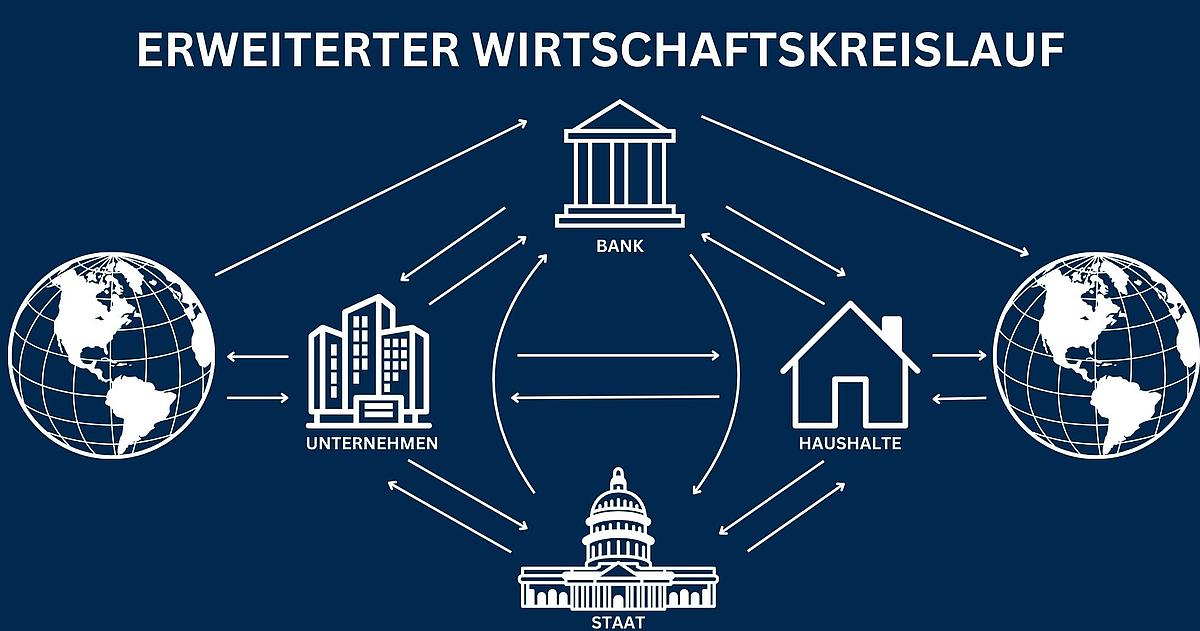Markets tend to follow patterns. They rise, fall, and correct. Yet with the growth of digital infrastructure, how these shifts are managed—and even predicted—has changed. Technology no longer follows the economy; it shapes it. Algorithms react before investors do. Logistics networks adapt before consumers notice shortages. And in many cases, capital now flows faster than regulation.
Startups no longer wait for stable markets. They build into volatility. In periods of inflation or uncertainty, the response is not retreat, but iteration. New tools emerge that monitor risk, distribute labor, or even preempt demand. Entire industries have evolved not to avoid disruption, but to depend on it.
Invisible Growth And Real-World Consequences
One of the most important shifts of the past decade is that growth no longer looks like it used to. Expansion isn’t tied to factories or office towers—it’s measured in bandwidth, engagement, and user retention. Digital value is invisible, yet it shapes rents, hiring, and wages in visible ways. When a single app alters how millions behave, the economic footprint is massive—even if no physical product is involved.
This abstraction of value changes how people think about work. Tasks are automated or distributed. Labor becomes modular. A person can drive for a rideshare service in the morning, sell digital art by noon, and provide freelance consulting by night. The economic identity is no longer fixed—it’s scattered across platforms, each with its own logic and reward system.
Technology As Stabilizer, Not Just Disruptor
In previous decades, new tech meant old jobs disappearing. But today’s digital tools are often framed differently: as correctives, not just replacements. When a supply chain fails, it’s not necessarily a human that fills the gap—it’s an AI that adjusts routes. When inflation rises, it’s not always policy that responds first, but automated systems that tweak pricing or restructure subscriptions.
In this way, technology becomes a buffer. It softens shocks and redistributes impact. But it also centralizes power. The platforms that offer these tools become gatekeepers, not just facilitators. Their control over data and access gives them leverage in markets that used to be more open or balanced.
Entertainment, Wagering, And Economic Flow
As entertainment and finance merge, sectors like gaming and streaming become economic indicators. Time spent on platforms translates into money spent within them. One striking example is the role of online sports betting, where user engagement drives both real-time transactions and long-term business strategy. These platforms operate as hybrids—part game, part financial service—and they reflect broader trends in how people interact with risk, reward, and immediacy.
Such industries don’t just benefit from technology; they depend on it. Their speed, accuracy, and appeal are all tied to the efficiency of code, the strength of servers, and the precision of interfaces. Without those, the business model collapses. This shows how deeply some sectors have fused with technological infrastructure—and how hard they are to regulate in traditional economic terms.
The Speed Of Capital, The Lag Of Policy
Technology operates at one pace. Regulation moves at another. As capital migrates through digital channels, governments struggle to define what counts as income, labor, or taxable action. What happens when value is generated by a decentralized network, paid in tokens, and spent across borders? The old frameworks don’t fit.
This mismatch creates tension. Some countries innovate within loopholes; others attempt bans that rarely hold. Meanwhile, the economy continues to shift. People live in systems that are technically unsupported, but widely adopted. The rules are blurred. The risks are distributed. And the winners are often those who adapt before the state even notices the game has changed.
A Future Defined By Quiet Adjustments
The most significant changes are often not the loudest. It’s not always the headline-grabbing app or the viral platform that defines the next era. Sometimes, it’s a quiet protocol, a background system, or a niche use case that scales into something essential. Economic transformation today is granular—built from fragments of code, micro-decisions, and short-term optimizations that slowly harden into habit.
As technology continues to blur the line between what is financial, what is cultural, and what is personal, the economy becomes less about clear roles and more about flexible positioning. Those who succeed are not always the fastest, but the ones most responsive to pressure. In this model, resilience is not about strength. It’s about knowing how to shift.

